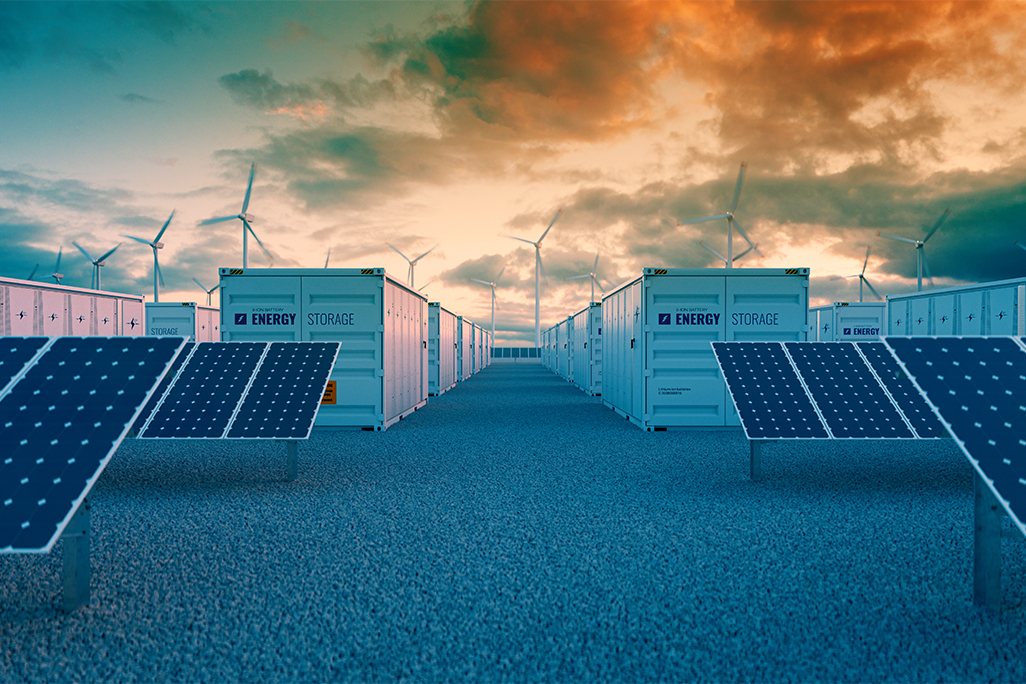UK strategy for biomass looks to carbon capture and storage to help deliver net zero
Published on 31st August 2023
Biomass' potential as a renewable energy is endorsed despite controversy around its sustainability credentials

The UK government has long recognised that biomass energy can aid the transition to net zero and has supported its deployment across the transport, heat and electricity sectors for more than a decade. However, biomass – which encompasses any material of biological origin, including the biodegradable fraction of products, crops, wastes and residues – has remained a potentially controversial renewable energy source.
The Biomass Strategy 2023, which was published on 10 August, addresses the potential of biomass as a low-carbon energy source that is waiting to be fully exploited. The government report updates the earlier 2012 strategy and reflects subsequent technological advances around biomass, encompasses the government's commitments and details the potential of biomass energy generation.
Strategy commitments
The government has made a range of commitments in the strategy. It is to focus on implementing a cross-sectoral common sustainability framework, which will be subject to consultation. It is committed to monitoring the levels of biomass supply to ensure the UK can secure necessary levels for increased biomass use across the economy.
It has also committed to ensuring that biomass supply – given its risks and uncertainties – is not hindered at any stage; however, biomass demand is expected to increase. The government intends to publish an updated global bioenergy resource model to support this strand of analysis in the strategy.
The government also aims for a "priority use" of biomass based on guiding principles that address sustainability, air quality, the net-zero and circular economy, and resource efficiency. This encompasses the deployment of bioenergy with carbon capture and storage (BECCS), the engineered greenhouse-gas removal technology, which captures and stores CO2 from biomass while producing low-carbon energy.
Sustainability hurdle
The sustainability of biomass has been its most controversial hurdle since it was first used to generate energy. Consequently, the strategy contains a review of how existing sustainability policies can be improved, a commitment to undertake a consultation of the details required for a sustainability framework and an explanation of deployment across a number of industries.
The strategy also recognises the potential of biomethane and how it could contribute to decarbonising the heat, transport and power sectors, as well as a feedstock for low-carbon hydrogen through reformation, gasification or pyrolysis technologies. It can also be used to help meet the ambition of replacing 50 terawatt-hour of fossil fuels with renewable energy sources by 2035.
The government has also recognised the need for priorities to be laid out for the most efficient and logistical use of biomass as a source of renewable energy and its support in the transition to net zero. It has consequently indicated that biomass should be used in harder to decarbonise sectors first given its environmental, economic and social benefits.
The strategy sets out short-, medium- and long-term goals for the use of biomass. The short term – in the 2020s – encompasses the government's aim to continue to facilitate sustainable biomass deployment through incentives and requirements that cover power, heat and transport.
In the medium term to 2035, the government intends to further develop biomass use in the power, heat and transport sectors to support the delivery of its sixth Carbon Budget, with a view to a transition to the of use BECCS due to the technology's ability to balance the residual emissions from hard-to-decarbonise sectors.
In the longer term to 2050, the vision is for full-scale biomass use combined with BECCS to contribute on of the most sustainable approaches to achieve the net-zero target.
Capture and storage
The government envisages the scale-up of the use of BECCS as part of its commitment to biomass. In recognising that the use of biomass during its conversion to energy will release some CO2 that was sequestered recently from the atmosphere, the government has looked to the use of BECCS to reduce such impact. The combination of biomass use, whatever the source, with BECCS is a viable route to creating a flow of "negative CO2 emissions".
Put simply, CO2 leaves the atmosphere, enters the biosphere, is captured and then moved into long-term storage while simultaneously generating valuable energy products.
The strategy envisages biomass electricity and BECCS coupled to provide either dispatchable or baseload power, which would offer valuable flexibility to complement the variability in other renewables. The combination will make cost-effective contributions to the UK's greenhouse gas emission objectives, while accounting for other environmental considerations such as food security and biodiversity.
Osborne Clarke comment
Biomass is already playing a prominent role in decarbonising power, heat and transport sectors. The strategy's focus on decarbonisation has direct implications on a range of recently announced government policy, including its Powering Up Britain growth and energy security plan, the UK Hydrogen Strategy and England's Trees Action Plan. The biomass strategy will require further alignment between a number of policies, which could provide commercial opportunities for decarbonising businesses.
The renewed focus on the use of BECCS addresses some concerns around the use of biomass as a viable and sustainable renewable energy resource. However, the government's awareness of concerns regarding sustainability of biomass feedstocks has led its advocates to ask what happens next?
It is unclear if the government intends to strengthen the biomass criteria so that only sustainable biomass and food stocks are used and food security is preserved. Further questions arise around whether the government can create a policy and framework that adequately promotes BECCS technology alongside the use of biomass to ensure the negative emissions result and support the net-zero transition.
The future success and uptake in the use of biomass depends on the government's answers to these further questions.
This article was prepared with the assistance of Lauren Gardner, Trainee at Osborne Clarke.



